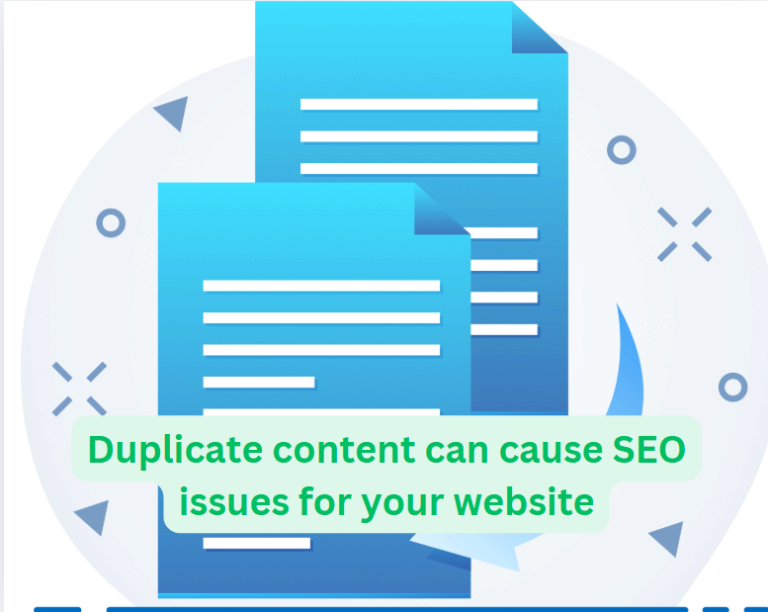The heading tag checker tool by AdResults helps you evaluate the heading structure of your website by checking the correct usage of H1 to H6 tags. It ensures that you follow a proper hierarchy, which helps search engines like Google understand your content better, improving your SEO. By using this tool, you can verify that you’re not misusing headings for styling purposes, which could negatively affect your site’s accessibility and ranking. It provides an easy way to optimise the structure for both user experience and SEO.
A Guide to Using Correct Heading Structures and Hierarchies on Your Website
Proper use of headings and hierarchies on your website is more than just an aesthetic choice; it’s a fundamental aspect that affects both user experience and search engine optimisation (SEO). By implementing the correct heading structures, you not only make your content more accessible and readable for your visitors but also enhance your site’s visibility to search engines like Google.
Understanding Heading Structures and Hierarchies
Headings are HTML elements that range from <h1> to <h6>, representing different levels of content hierarchy. Here’s a quick breakdown:
<h1>: The main title of your page—used only once per page.<h2>: Primary sections within your content.<h3>: Subsections under<h2>headings.<h4>to<h6>: Further subdivisions as needed.
Maintaining a logical order in your headings helps both readers and search engines comprehend the structure and importance of your content.
Importance for Human Readers
Enhances Readability
Using proper headings breaks up large blocks of text, making your content more digestible. Visitors can quickly scan headings to find the information they’re interested in, which improves their overall experience on your site.
Improves Accessibility
Screen readers and other assistive technologies rely on heading structures to navigate content. By correctly using headings, you make your website more accessible to users with disabilities, complying with the Web Content Accessibility Guidelines (WCAG).
Facilitates Information Retrieval
A logical hierarchy allows users to understand the relationship between different sections of your content. This organisation helps them grasp complex information more easily and find specific details without hassle.
Importance for SEO
Aids Search Engine Crawling
Search engines use bots to crawl your website and index your content. Proper heading structures help these bots understand the context and relevance of your content, which can positively impact your search rankings.
Keyword Optimisation
Including relevant keywords in your headings signals to search engines what your content is about. This practice can improve your visibility for those keywords, attracting more organic traffic.
Rich Snippets and Featured Snippets
Well-structured content increases the chances of your website appearing in rich snippets or featured snippets on search engine results pages (SERPs). These enhanced listings can significantly boost your click-through rates.
Best Practices for Heading Structures
- Use One
<h1>Tag per Page: This should represent the main topic or title of your page. - Maintain Logical Order: Follow the sequence
<h2>,<h3>,<h4>, etc., without skipping levels. - Be Descriptive: Make your headings informative and concise to accurately reflect the content that follows.
- Incorporate Keywords Naturally: Include relevant keywords without resorting to keyword stuffing.
- Avoid Styling Headings for Appearance Only: Don’t use heading tags purely for styling purposes. Use CSS for styling and keep headings for structuring content.
Conclusion
By paying attention to your website’s heading structures and hierarchies, you enhance both the user experience and your site’s SEO performance. Proper headings make your content more accessible and easier to navigate, satisfying your readers. At the same time, they provide search engines with valuable information that can improve your site’s visibility in search results. Implement these practices to create a well-organised, user-friendly, and search-engine-optimised website.
How useful was this Resource?
Click on a star to rate it!
Average rating 0 / 5. Vote count: 0
No votes so far! Be the first to rate this post.
We are sorry that this post was not useful for you!
Let us improve this Resource!
Tell us how we can improve this Resource?








